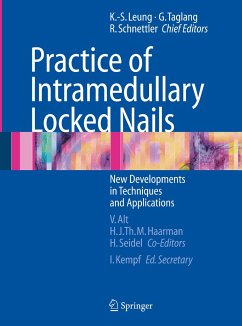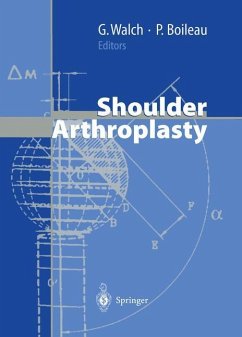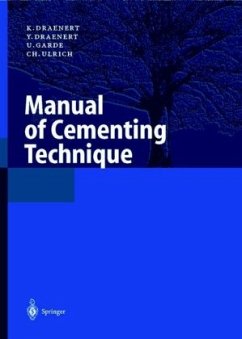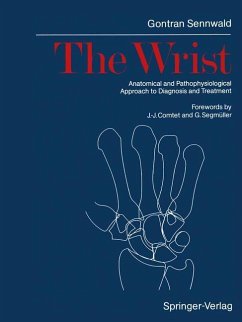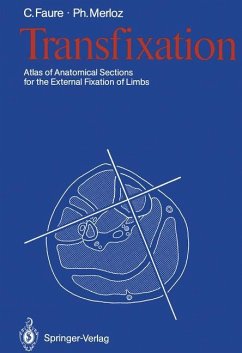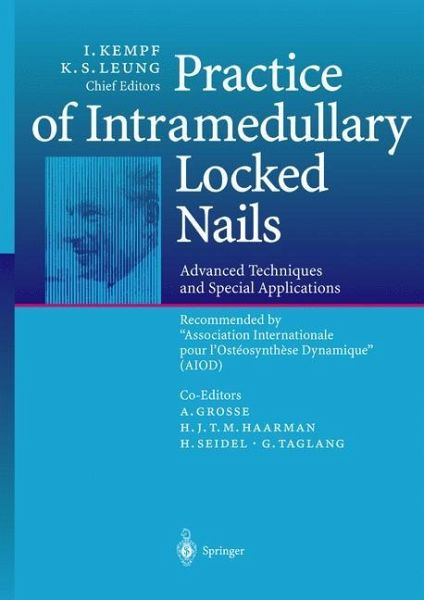
Practice of Intramedullary Locked Nails
Advanced Techniques and Special Applications Recommended by "Association Internationale pour l'Ostéosynthèse Dynamique" (AIOD)
Herausgegeben: Leung, K. S.; Kempf, I.;Mitarbeit: Seidel, H.; Taglang, G.J.T.M.; Grosse, A.; Haarman, Han J. T. M.

PAYBACK Punkte
38 °P sammeln!
This book focuses on the internal fixation of long bones by using intramedullary locked nails in a closed technique. Intramedullary fixation fulfils the biological requirements for fracture healing and minimises surgical trauma. Locked nails provide a favourable mechanical environment for fracture stabilisation and post-operative rehabilitation. It illustrates the use and relevance of this technique in orthopaedic and trauma surgery including reconstructive surgery, covering the basic scientific principles of reaming and locking as well as basic and advanced surgical techniques. Prevention of ...
This book focuses on the internal fixation of long bones by using intramedullary locked nails in a closed technique. Intramedullary fixation fulfils the biological requirements for fracture healing and minimises surgical trauma. Locked nails provide a favourable mechanical environment for fracture stabilisation and post-operative rehabilitation. It illustrates the use and relevance of this technique in orthopaedic and trauma surgery including reconstructive surgery, covering the basic scientific principles of reaming and locking as well as basic and advanced surgical techniques. Prevention of complications and complication management are discussed in detail. An international board of editors and authors stand for expertise in the different subspecialties of the topic. Comprehensive information is thus provided enabling the reader to reliably use the techniques described.





